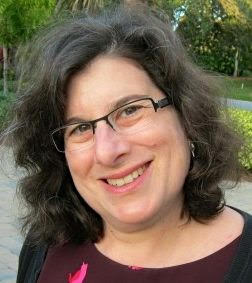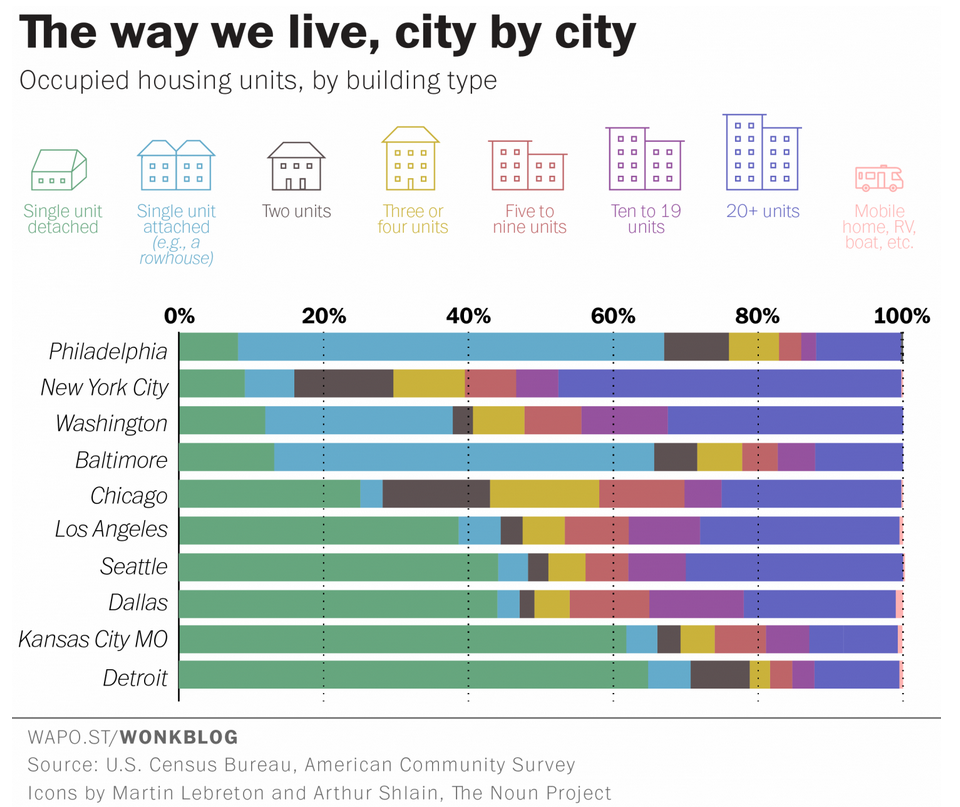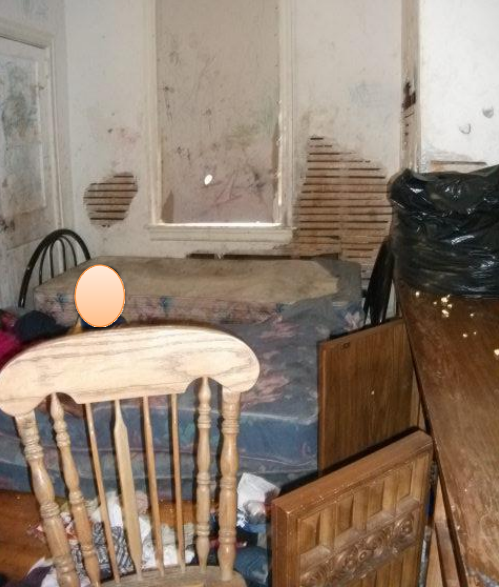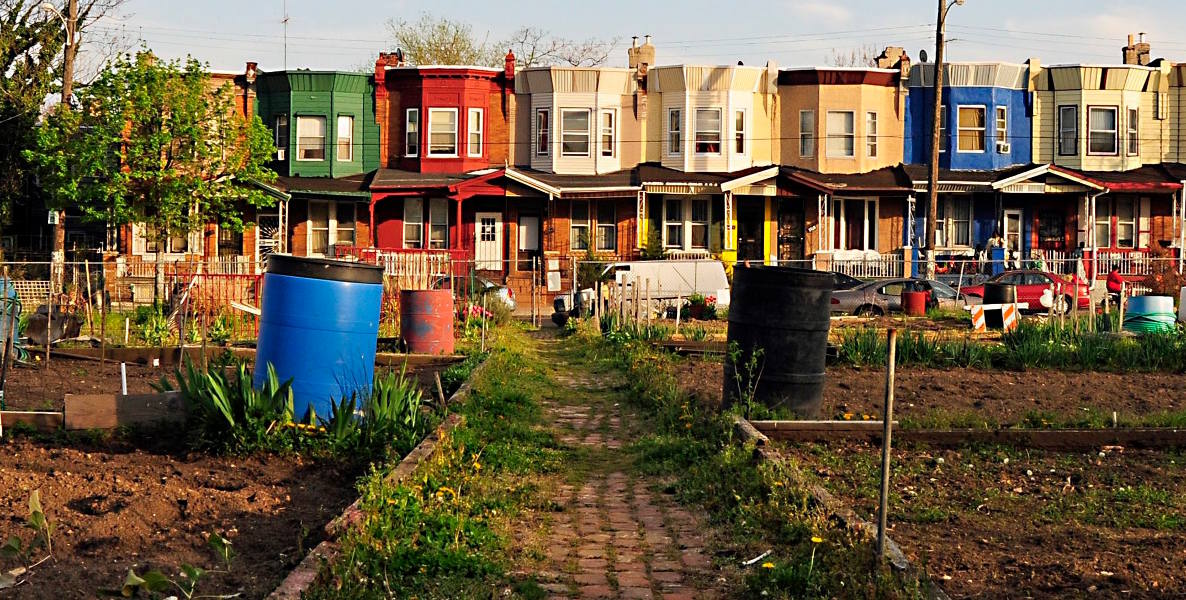Shortly after President Obama named Mantua one of the country’s Promise Zones in 2014, Karen Black went to a community meeting to hear from long-time residents how they could best benefit from the gentrification happening around them. Black, a fair housing advocate, assumed that the residents in one of the country’s poorest neighborhoods would say their biggest worry was taxes, which had spiked that year. After all, that’s what everyone seemed to be talking about, all over town. She was wrong.
“They overwhelmingly said that what they needed help with was fixing up their houses,” says Black. “That was the only way they were going to be able to stay in their homes.”
It seems simple enough: If you have a leaky roof, you fix it. If your windows are drafty, you weatherize. Mold? Have it removed. But for low-income residents all over Philly, the idea of fixing a roof can be as daunting as buying a new house—they can’t afford either. Staying in the house means living with drafts, and leaks, and mold—and the illnesses that go along with them. Moving means leaving behind a house that is unlivable and unsellable—so it becomes another of the 40,000 vacant properties that litter the city. Each abandoned building brings down the value of surrounding properties by around $8,000; one by one, that can decimate communities. Meanwhile, affordable housing in Philadelphia is increasingly difficult to come by.

“The most affordable house is the one someone is living in right now,” says Black. “There are amazing Community Development Corporations all over the city that are building affordable housing. But they can only do 30 units a year, and something like 400 people apply for it. The scale of the problem and the scale of the solution are far apart.”
Black is the brains behind the Healthy Rowhouse Project, a conglomeration of architects, designers, doctors, community development groups and housing experts working to find a way to help low-income Philadelphians fix up their houses. Founded last December by the Design Advocacy Group, HRP’s mission is simple: Keep people in their homes. But its effects could be revolutionary: Imagine changing the story of Philly’s great progress from one where only half the population benefits, to one where everyone does—black, white, poorer, richer, old, young. Nothing like that, on a large scale, has ever happened. “People who live through the bad times in their neighborhood deserve to benefit when amenities come in,” Black says. “If we can save their homes, then they can.”
HRP represents the melding of Black’s passions: Improving neighborhoods and equalizing residents. A former civil rights lawyer, Black spent 10 years at the Public Interest Law Center of Philadelphia, where she divided her time representing Philadelphians in police brutality cases—until the police put out a warrant for her arrest, and (pregnant) she fled the city for the suburbs—and filing class action suits for violations of the Fair Housing Act. Frustrated by the pace of legal change, at 36 she went back to school, to attend a public policy program at Harvard, before taking a job with the Department of Housing and Urban Development, which was also achingly inefficient. Through her May 8 Consulting agency, Black works with communities on revitalization, stopping blight and creating equitable living conditions for all residents. “Now I whisper in the ear of the people who can make the change, as opposed to suing the crap out of people who are the bad guys,” she notes.
Her philosophy, and her work, are at the heart of HRP: That seemingly intractable problems can be solved when the time is right, and people are willing to take action. That’s part of why she named her company May 8: The date in 1776 that John Adams first proposed independence for the colonies, and the date in 1945 when the Allies liberated Europe. “What I found is there are certain moments when you can bring real high-impact change,” she says. “A lot of that is when things are feasible that just weren’t there before. I try to understand where the opportunity for real intervention is—not change that is nibbling around the edges, but the whole system.”
Imagine changing the story of Philly’s great progress from one where only half the population benefits, to one where everyone does—black, white, poorer, richer, old, young. Nothing like that, on a large scale, has ever happened.
Black says that moment is now for Philadelphia housing. The recession hit neighborhoods like Mantua hardest, making it more difficult for residents to pay for food and heat, let alone home repairs, especially considering that in Philly, 38 percent of homeowners make less than $35,000 a year. Already, the city spends between $9 and $13 million a year on grants to low-income homeowners through community development block grants; but there’s a four year waiting list for people who have already applied. Landlords do not qualify for the grants, or other loans, which leaves them—and their renters—with increasingly crumbling homes. At the same time, the perennial tug of war over gentrification has flared up all over the city, from the community around Point Breeze, to that around the former Edward Bok Technical High School, to areas of West Philly near Penn and Drexel. Along with that is a burgeoning notion—Black might call it a movement—to create a city where everyone can participate in the changes.
But there’s another factor that makes this moment unique: A new understanding of the connection between home and health. Old rowhomes are prone to drafts, which can cause respiratory problems, particularly in older residents; to dust and mold and cockroaches, which can trigger asthma attacks; to leaking roofs, which can cause dangerous black mold. Science has started to quantify this link: A city health department pilot project with St. Christopher’s Hospital that spent $3,500 to clean up triggers in the houses of kids with frequent asthma attacks reduced hospitalization by 70 percent and school absences by 50 percent.
“The fact that your house is making you sick is one more barrier to success,” says Kiki Bolender, an architect who is chair of the Design Advocacy Group.
HRP’s 20-person advisory committee includes doctors and public health experts from Jefferson, Keystone First and Penn who, post-Obamacare, have a renewed interest in treating the cause of chronic illnesses. Black notes that in the past, hospitals were continuously reimbursed for treating patients, even if they came back again and again for the same reason. It was, ultimately, good for their bottom line. Now, the Affordable Care Act has limits on the amount that hospitals can be paid for chronic conditions. “That has made them very interested in keeping people healthy in their homes,” Black says. “They’ve started doing more house visits than in decades.”
HRP came out of work Black did for the Oak Foundation, a Geneva-based family fund that strives to end homelessness in various cities around the world (including Philly). The Foundation paid for Black to convene HRP, and make a case for the need. She has now applied for a grant to move the project forward, including hiring an executive director who will help with researching the scope of the problem; how many houses can be saved; best practices around the country; and the best way to bring services into the homes.
There is a connection between home and health. A program cleaning up triggers in the houses of kids with frequent asthma attacks reduced hospitalization by 70 percent and school absences by 50 percent.
The idea is not for HRP to be distributing money to homeowners. HRP’s role would be in creating a menu of options from which CDCs, or residents, can choose to access money—certain types of deferred home equity loans, or landlord assistance, or block grants—which would then go to local contractors. The funding would not come primarily from the city, and the plan could work without city cooperation. But Black and Bolender both insist that the Mayor and City Council need to be behind the project for it to really succeed; presumptive Mayor Jim Kenney signed on to HRP’s six principles during the primary, as did his competitors. “The city are trusted partners on a lot of this already,” Black says.
Black’s goal is to make 5,000 houses a year warm safe, dry and mold-free, for $10,000 each—a total of $50 million annually. And then, to be done.
“In Philadelphia, we too often keep doing the same thing year after year and then bewail the fact that nothing changes,” Black says. “We have this moment, the opportunity when science is telling us that fixing houses is healthcare. We can save these homes. And if it’s done right, in six years HRP is out of business.”





